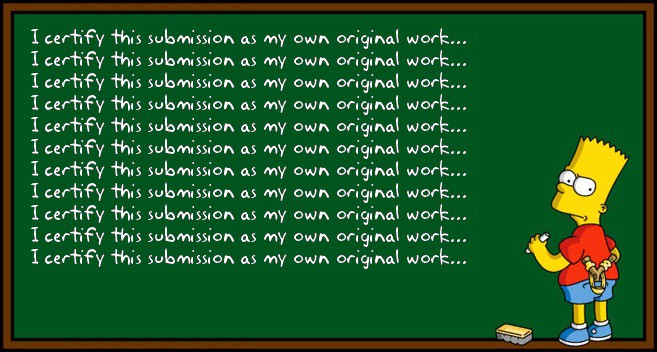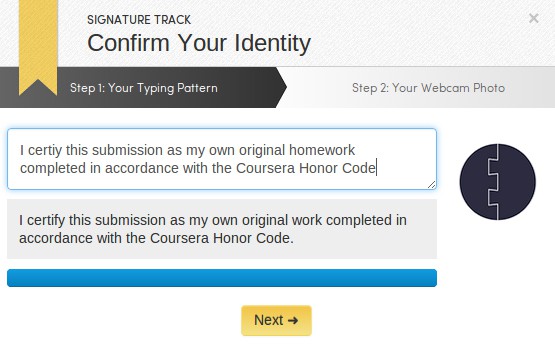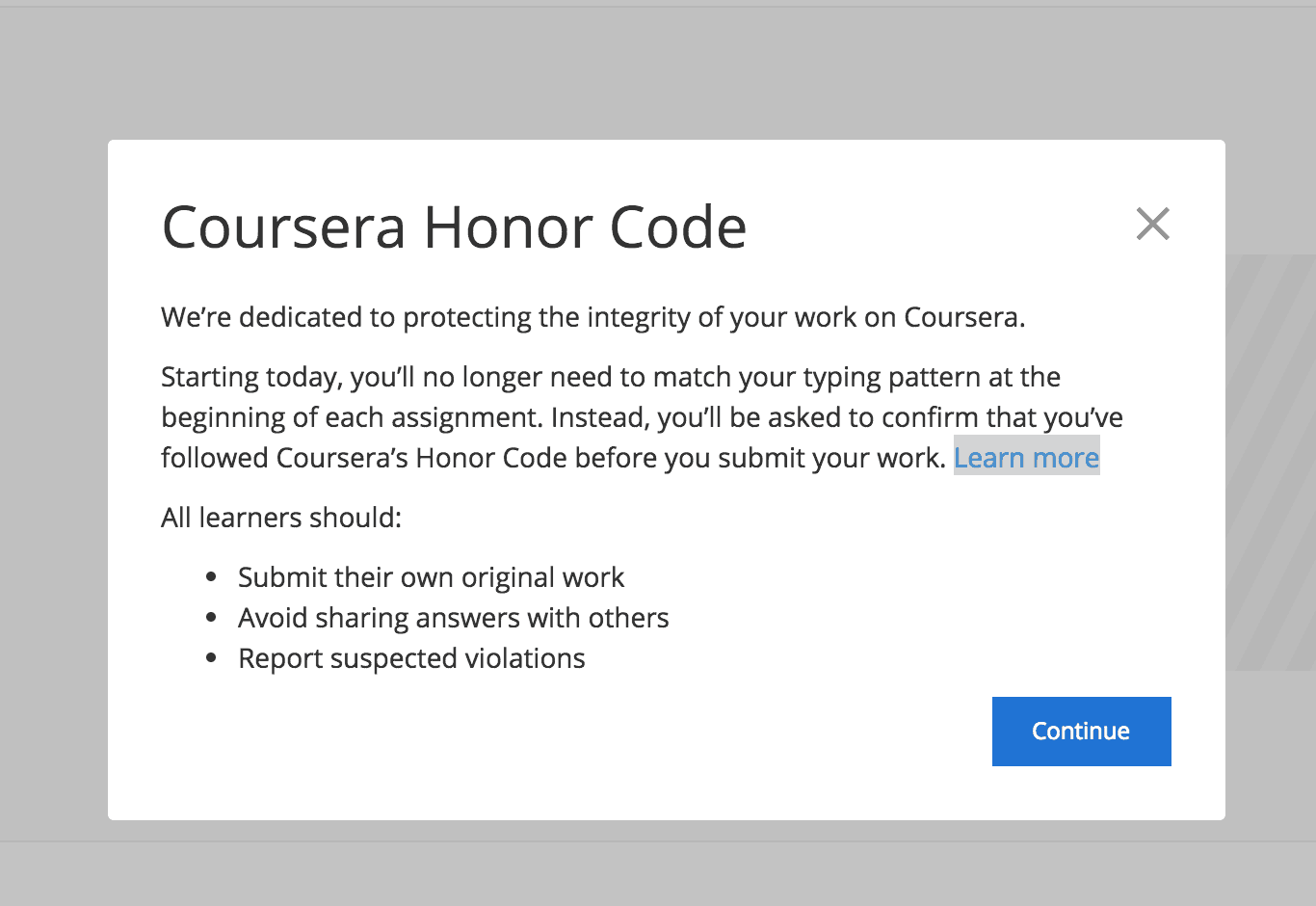Coursera Removes Biometric Identity Verification Using Keystroke Matching
Learners who pay for certificate no longer need to verify their identity each time they submit a assignment
Back in January 2013, when MOOC providers still offered free certificates, Coursera introduced Signature Track. Signature Track allowed learners to pay a fee to earn verified certificates — certificates that were linked to the learner’s identity and verified by Coursera.
Note: the terms “Signature Track” and “Verified Certificate” are no longer used, and have been replaced by “Certificate.”
Learners who paid for the Signature Track could verify their identity by:
- taking a photo via webcam,
- uploading a photo of a picture id issued by the government, and
- making a record of their typing pattern.
Apparently it turns out that the way someone types is unique to that person and can be used to identify them. The field that studies this phenomenon is known as Keystroke Dynamics.
Coursera used this technology to verify that learners were who they said they were. They even published a paper on it titled “Offering Verified Credentials in Massive Open Online Courses.” Its co-authors included the founders of Coursera, Daphne Koller and Andrew Ng. Here is a quote from the paper:
“Coursera uses two biometric authentication approaches, face photos and typing patterns, to establish and maintain the link between a student account and real-world identity”
Before submitting every assignment, learners had to type the following statement to verify their identity: “I certify this submission as my own original work completed in accordance with the Coursera Honor Code.”
That was until last year. Earlier this year, when I logged into Coursera, I saw this message:
It seems Coursera no longer feels the need to identify a learner every time they submit an assignment. Learners still have to undergo a verification step once if they want earn a course or Specialization certificate, but the constant nagging to enter the typing pattern is no longer present.
Related
Tags










Raymond Berger
I always found it annoying to type in that phrase and often wondered if it was really working for them.
ceo of examity
Achieving balance between security and convenience is an ongoing effort. Interestingly, most degree programs are looking toward better assignment/activity ID solutions as we speak. Not sure the honor code holds up well in the online world.
spacecat56
I could never “pass” the typing dynamics verification and it drove me away from coursera entirely
bugmenot spammers
You can avoid it with some tools like Autohotkey. I’m wondering if there’s a script recorder that tries to imitate typing timing approximately, in order to bypass this annoyance. It must be useless on a tablet PC without a hardware keyboard. :/